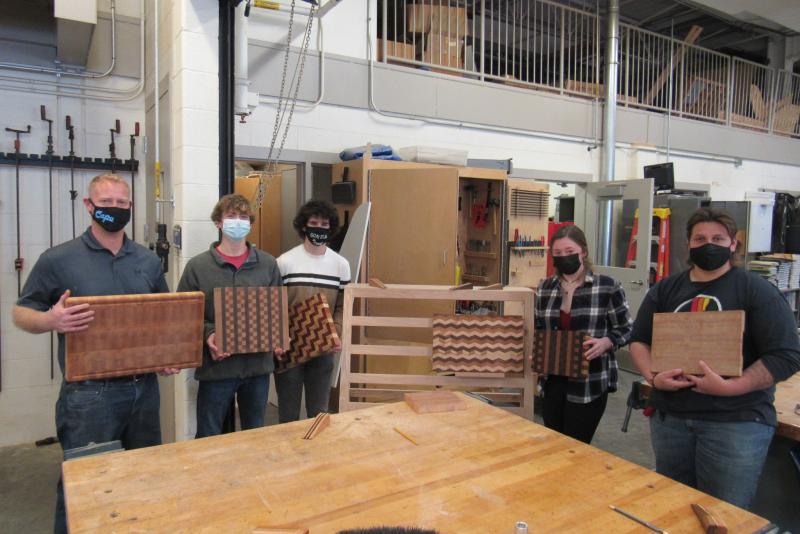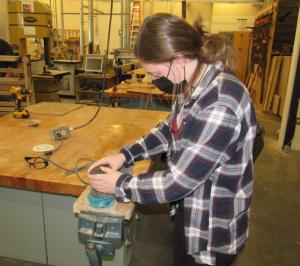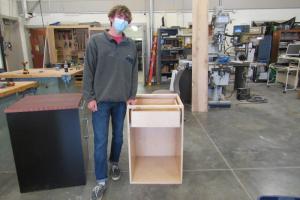Cape High plans new trade pathway

New Cape High teacher Josh Dickson is looking to expand what was traditionally known as “shop class” into a new model of architecture and design.
In the proposed carpentry, cabinetry and woodworking pathway, students will have a completely hands-on experience, learning a trade that will provide an easy transition to college, the military or a skilled career.
“With a construction-based pathway, graduates can expand their career view from simply drafting to numerous crafts within the field,” Dickson said. “These include framing, siding, roofing, drywall, painting, concrete forming/finishing, trim carpentry, cabinetry, woodworking, countertop fabrication, hardscaping, etc.”
Labor market information for Delaware indicates a high need for construction employees, Dickson said.
“I have contacted several local companies, and all are in need of skilled employees and would be willing to either hire graduates or partner with us for work-based learning projects,” he said. “Further, we would like to offer certification possibilities. Skilled tradespeople have many benefits over simply heading straight to college after high school.”
Plans call for a collaboration with the carpenters’ union which would allow students to earn credit toward an apprenticeship while in high school, Dickson said.
“Locally, we have access naturally to hundreds of community partners, construction employees, career options for students, cross-curricular activities and work-based learning opportunities,” he said.
Just under 12 percent of students in the current course are female, a number Dickson would like to increase.
“As a nontraditional program, we would love to increase female interest by incorporating fine woodworking, cabinetry, and the freedom to specialize in a craft of choice,” he said.
Cape High currently offers a design and engineering pathway that trains students in AutoCAD or in using electronically controlled routers to make crafts.
“Students reported that they thought the pathway would be different before they started the program, meaning that it would be more hands-on than computer-based learning,” he said.
During a recent class, students were creating cutting boards using maple, cherry and walnut milled from rough-sawn lumber, gluing pieces together in strips to make different patterns.
Advanced students are working on mini kitchen islands, complete with sliding drawers and cabinet space, and a butcher-block top. Door stops – highly requested by teachers – are made with wood scraps.
With class sizes small due to COVID-19, students get more one-on-one instruction, Dickson said. For remote students, he records the woodworking process for them to view online.
“They have to do a presentation on how they would create the piece since they can’t do it at home without tools or supervision,” he said. “It’s more than book work. They have to present in different ways and tell the steps it would take to create it.”
The new pathway provides lifelong skills all students can use.
“I tell them it’s not just about a career,” he said. “Someday you will own a house, and it’s important to be able to fix things.”



















































